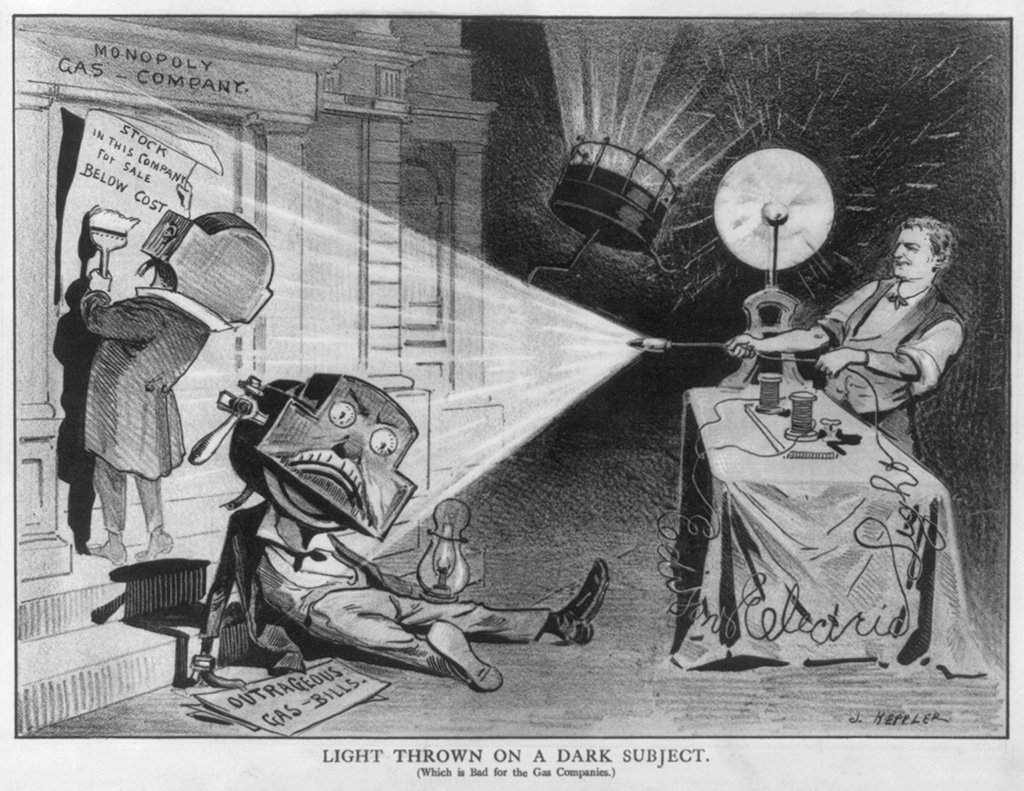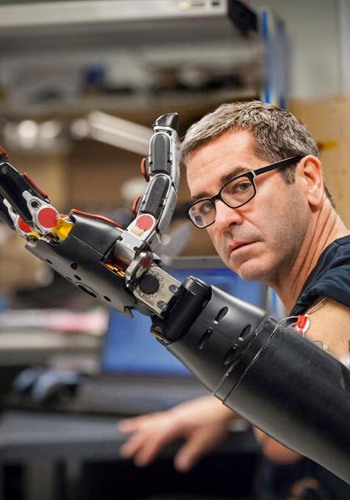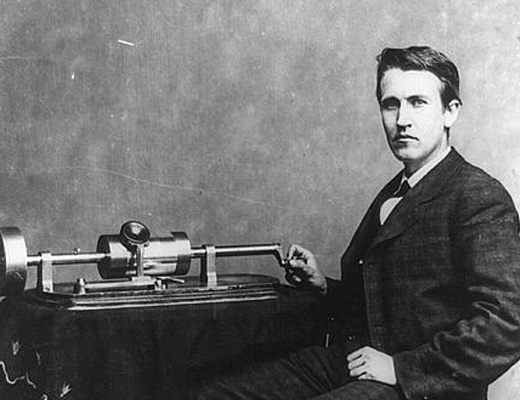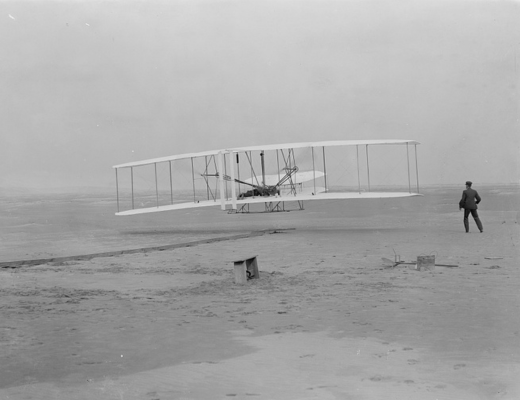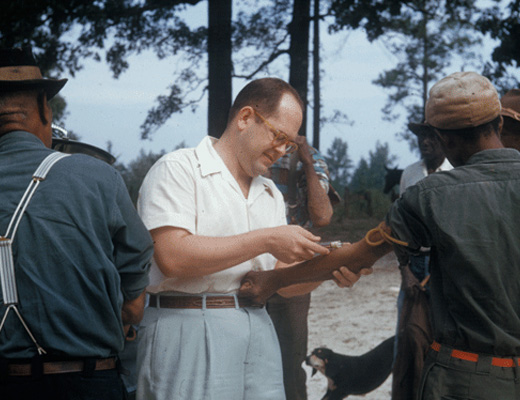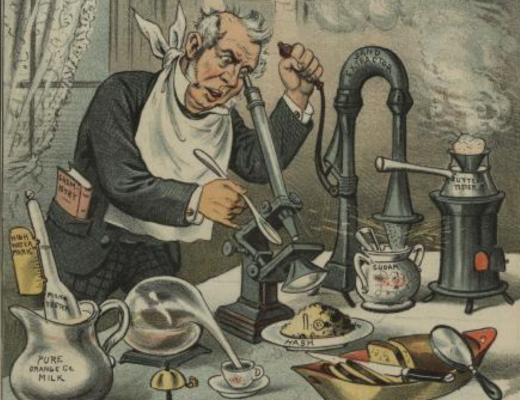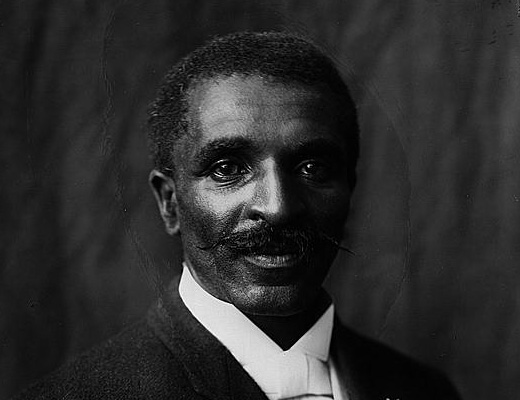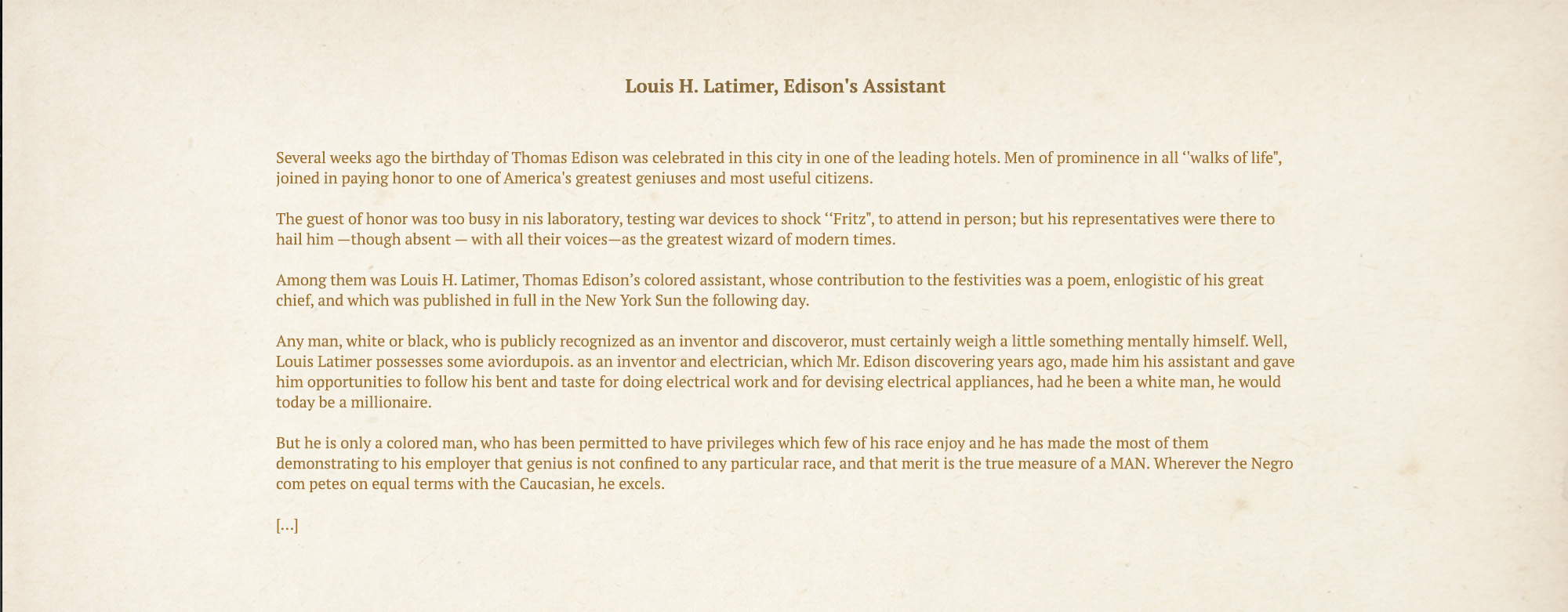News accounts have often held up invention and inventors as evidence that through hard work any citizen had a path to achieve the American dream. No figure better represented this ideal than Thomas Edison, who was celebrated for countless innovations, including inventions that led to sound recording, movie-making, and the electric light bulb. But not everyone had equal access to the wealth and public acclaim Edison achieved, including his African American assistant Lewis Latimer, a brilliant inventor in his own right.
Directions
Lewis Howard Latimer was born in 1848, the son of enslaved people who had escaped to the north. He joined the Navy during the Civil War and later worked as a patent clerk, where he became a skilled draftsman, drawing patent designs. Latimer’s talents led him to become an inventor himself.
In 1876, Latimer helped Alexander Graham Bell develop designs for the first patented telephone and later worked as an assistant for Thomas Edison. It was Latimer who wrote the first book on the use of electric light bulbs in 1890. Though he was an enormously creative and talented inventor, Latimer never achieved the wealth or fame of his more well-known employers.
Use the magnifier to read “Louis H. Latimer, Edison’s Assistant” and answer the questions in the boxes below. (Note that in this article, Latimer’s first name is misspelled “Louis” instead of “Lewis.”)
Questions:
- What do you notice about the article?
- Who do you think was the audience? Why?
- How would Latimer's career have been different if he were white, according to the authors?
The Denver Star. Denver, Colorado. June 15, 1918. Library of Congress
Questions
Annotate this Image
Directions: Analyze this image of Edison’s workshop, utilizing the magnifier to help you. Then use the annotation tool to take notes on the following questions:
- What do you notice? What are the people depicted in the illustration doing?
- What do you think the illustrator wants viewers to know about Edison’s workshop?
- How is this workshop similar or different to a modern inventor’s workshop?
Download the notes to share with your class.
Source: Interior of Thomas Edison’s laboratory. Menlo Park, New Jersey. 1880. Library of Congress
Use the toggle button above to switch to Magnify Mode. Magnify mode will help you see finer detail in the image.
Switch back to Annotate Mode to create your annotations with click and drag.
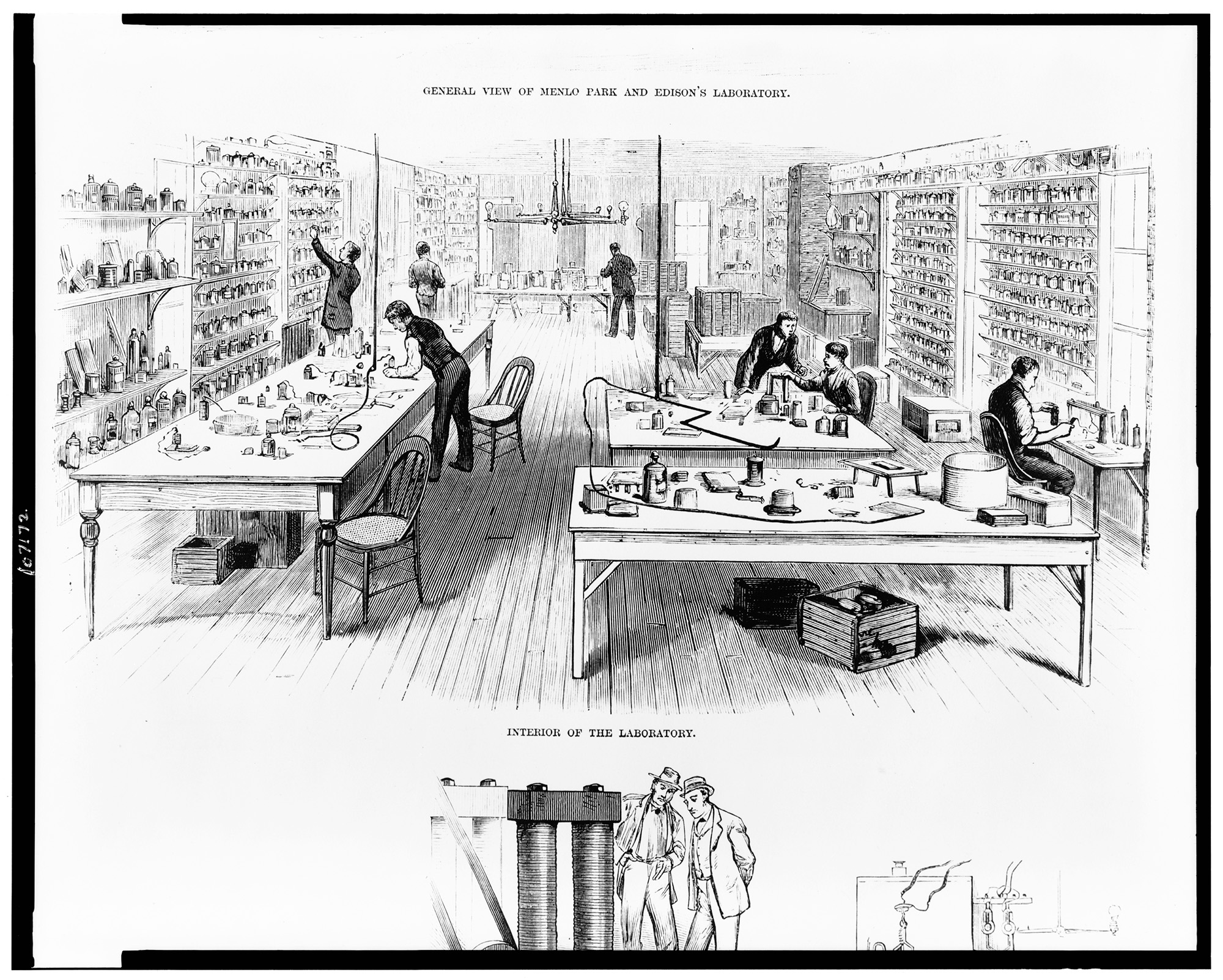
Your Annotations
Puzzler
Directions: Take a look at the different sections of the illustration one by one and answer the question that accompanies each section. At the end, you will see the completed image.
Key term: monopoly — When one company has no significant competition in the sale of a specific product, allowing it to set prices without fear of other companies winning over customers by charging less.
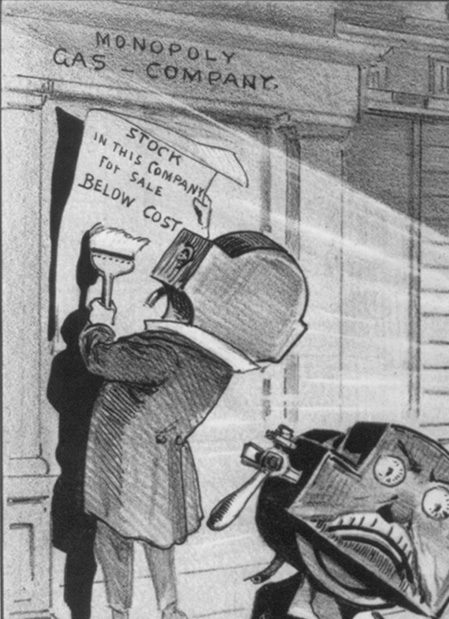
Cropped Image 1
What do you see in this first section of the cartoon? What do you think the figures represent based on the text?
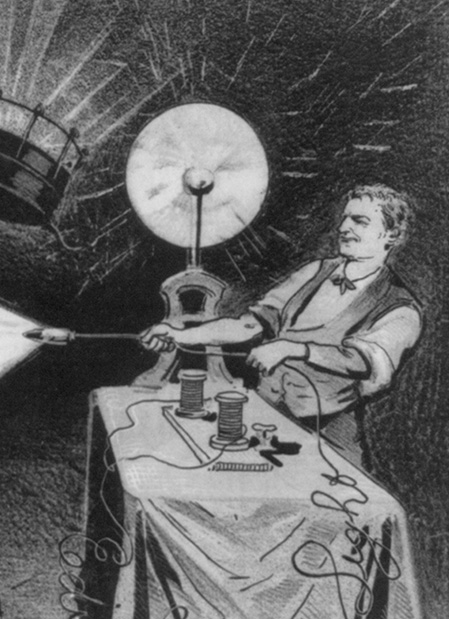
Cropped Image 2
How is Thomas Edison depicted here? Is this a positive or negative depiction of him?
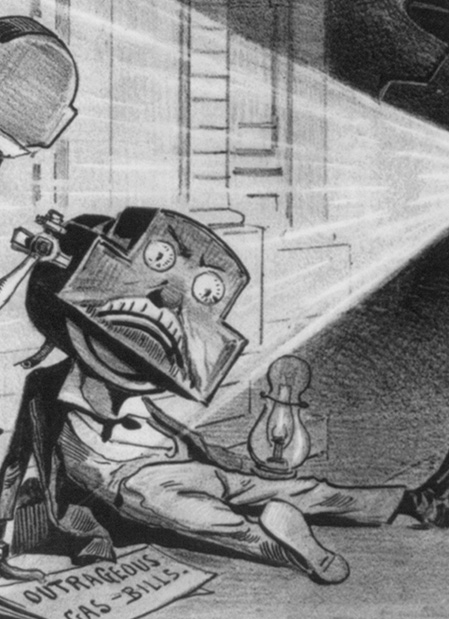
Cropped Image 3
Describe the figure shown here. What do you think it represents?
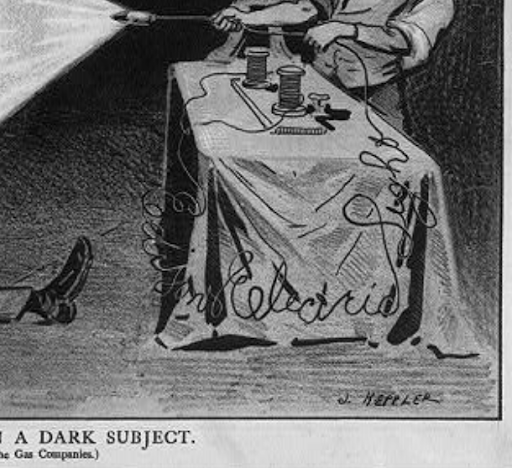
Cropped Image 4
What do you see in this part of the political cartoon? What do you think “a dark subject” might be referring to?
